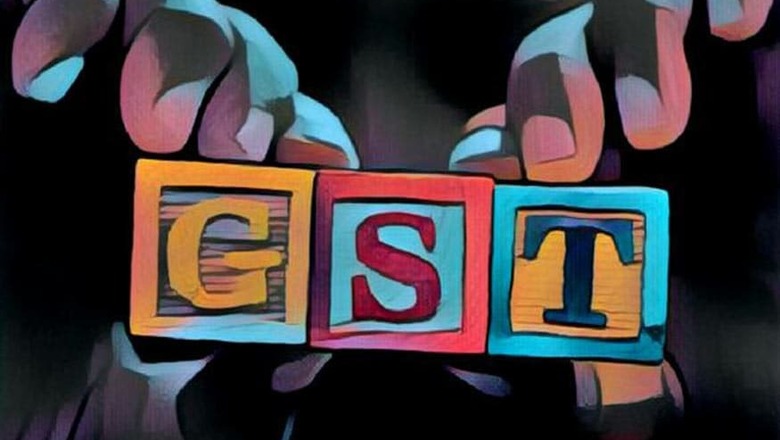
views
The power to impose indirect taxes on goods and services was divided between the Centre and states before the GST Constitution Amendment Bill.
Four Bills which provide details related to the manner in which the GST will be implemented and compensation to states for revenue loss due to GST have been brought to Parliament. In addition to these Bills, each state assembly will have to pass their respective laws which will outline the manner of levying the SGST. What are These Bills Trying to do?Tax rates
Under the Bill, GST rate has been capped at 40%. This means that the Centre and state cannot impose CGST and SGST at a rate higher than 20% each. Similarly, the IGST rate on inter-state sale has been capped at 40%. The central government will specify the tax slabs, and items to be taxed at each slab through a notification.
It seems that the GST Council has held deliberations on the rates, and suggested that a multiple GST framework with four tax rates should be adopted. This could lead to issues regarding the classification of goods and services across slabs. One may recall that recently the Delhi High Court had to intervene, and pass a ruling to define what qualifies as a chappal, and what qualifies as a slipper, since these two items attract different tax rates. There are multiple cases where disputes have come up related to whether a good should be taxed at the standard tax rate or a lower rate.
In addition, power of government to notify tax rates is a shift from the current practice where rates are specified in the principle law levying taxes such as service tax, customs, and excise duty. Under the Constitution, the power to levy taxes is vested in Parliament and state legislatures, and one may question whether it is appropriate to notify or change tax rates without prior parliamentary scrutiny and approval.Compensation Cess
States will be compensated by the Centre for loss of revenue, due to the implementation of GST for a period of five years. Compensation will be calculated using tax revenue in 2015-16 as the base, and assuming a growth of 14% per annum over these collections. To generate resources for compensation, a GST Compensation Cess will be levied on certain goods and services. The cess will be capped at 15% for most goods and services, except tobacco, pan masala and a few others.Anti-profiteering measure
The Centre may set up an authority, or designate an existing authority to examine if reduction in tax rate has resulted in commensurate reduction in prices. The powers of the authority will be prescribed by the government. One may argue that the price of goods and services are dependent on various factors other than tax rates, such as input costs, technology used for production, and competition in the market. Since these costs keep fluctuating, it may be difficult to determine if a reduction in tax rates has reflected in a commensurate decrease in price of goods or services.
Following the passage of the four Bills in Parliament, each of the 29 states and two Union territories would be required to pass their respective SGST laws. There are various other steps that would have to be completed, if the government plans to roll-out GST by July 1, 2017. (Aravind Gayam and Vatsal Khullar are analysts at PRS Legislative Research. Views expressed are personal)




















Comments
0 comment